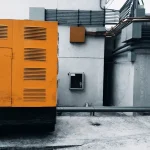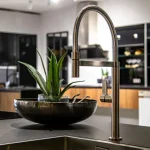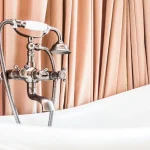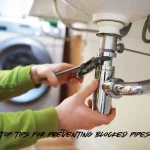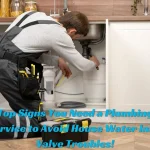Swimming pool heating has come a long way from inefficient gas heaters and solar covers. Today, heat pumps have become the go-to choice for energy-efficient, cost-effective pool heating. For plumbers and pool professionals, understanding the proper installation process of a swimming pool heat pump is essential—not just for optimal performance, but also for ensuring long-term customer satisfaction.
In this guide, we’ll break down everything a plumber needs to know about swimming pool heat pump installation, from selecting the right unit to maintenance tips and avoiding common mistakes.
How Does a Swimming Pool Heat Pump Work?
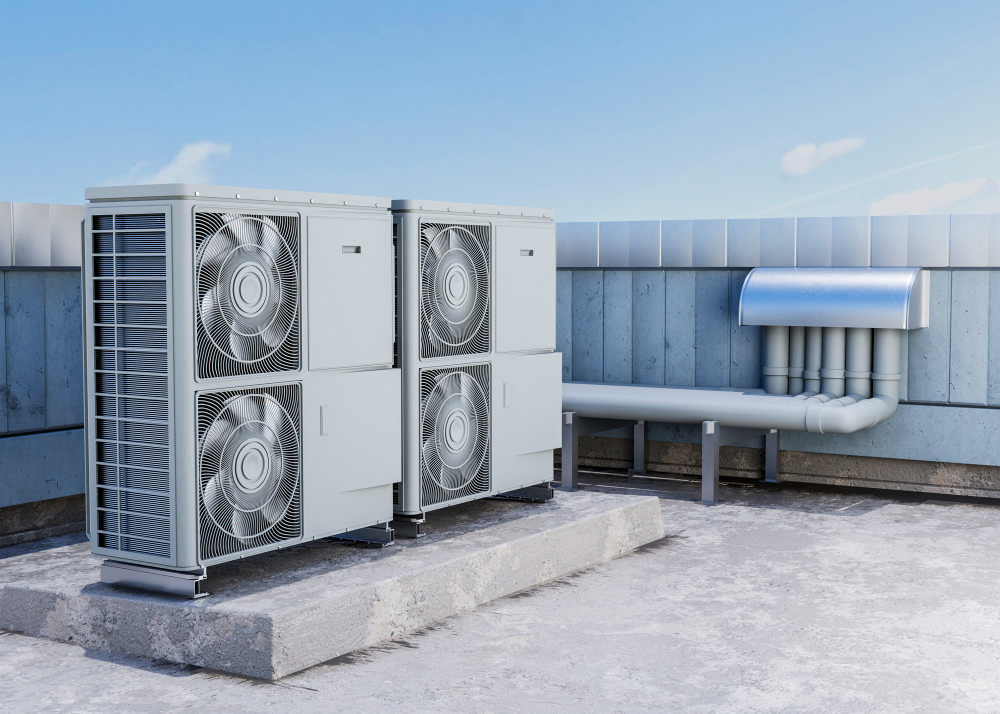
A swimming pool heat pump works by extracting heat from the surrounding air and transferring it to the pool water. It functions similarly to an air conditioning unit, but in reverse. The ambient air is pulled in, compressed, and used to heat water circulating through the pump. The result? Warm, comfortable swimming temperatures with minimal energy use.
Unlike gas heaters, heat pumps operate most efficiently in mild to warm weather and are known for their low running costs and long service life.
Key Pre-Installation Considerations
Before you begin installation, several factors need to be assessed:
✅ Proper Sizing
A heat pump that’s too small will struggle to maintain pool temperature. Use a sizing chart or BTU calculator to determine the correct capacity based on the pool’s volume, geographic location, and usage patterns.
✅ Site Selection
Ensure the heat pump has adequate space for airflow on all sides. Avoid installing near walls or under decking. A concrete slab or paver base is recommended for stable support.
✅ Electrical Requirements
Most units require a dedicated electrical circuit, typically between 30A and 50A, depending on the size. An RCD (residual current device) should be installed for safety. Coordination with a qualified electrician is essential.
✅ Plumbing Compatibility
Verify the unit’s flow rate and ensure compatibility with the existing filtration system. It’s best to position the heat pump after the filter and before any chlorinators or chemical feeders.
Step-by-Step Pool Heat Pump Installation
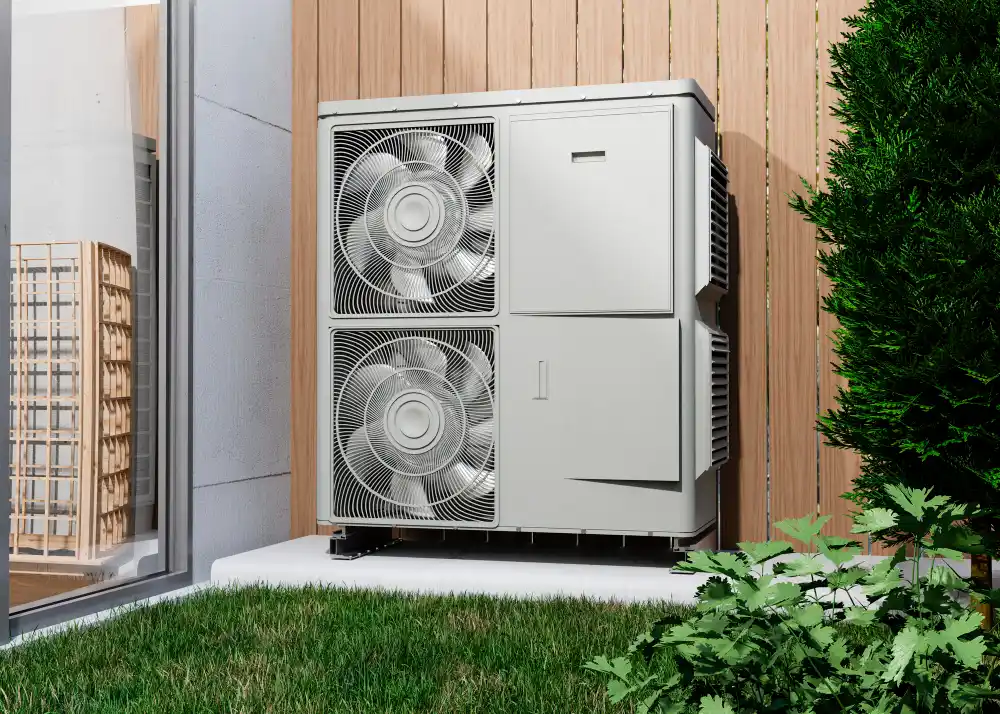
1. Prepare the Site
Start by selecting a flat, stable area near the pool’s filtration system. A concrete pad or paving slabs are ideal to provide a level surface and prevent movement or sinking over time.
Ensure there is adequate space around the heat pump—typically at least 30cm on all sides—for proper airflow and future maintenance. Avoid tight spaces or enclosed areas that may restrict ventilation.
2. Connect the Plumbing
Position the heat pump in line with the existing filtration system—after the filter and before any chemical feeders. Use flexible PVC pipe or unions to make future servicing easier and reduce vibration.
Ensure the inlet and outlet connections are secure and watertight. Isolation valves are recommended on both sides to allow the unit to be disconnected without draining the entire system.
3. Complete the Electrical Connection
Before starting electrical work, isolate the power supply to ensure safety. A qualified electrician should connect the heat pump to a dedicated breaker, typically between 30A and 50A depending on the unit size.
Install RCD protection to safeguard against electrical faults. Use weatherproof cable glands and ensure all connections comply with local wiring regulations and manufacturer guidelines.
4. Perform Initial Testing
Once plumbing and electrical connections are complete, switch on the pool pump and allow water to circulate through the heat pump. Check all joints and fittings for leaks.
Power up the heat pump and allow it to run through its start-up cycle. Confirm that the water flow rate meets the required minimum and that the unit begins heating as expected.
5. Final Inspection and Commissioning
Set the desired temperature on the control panel and observe the unit’s operation for a short period. Confirm that warm water is returning to the pool and that no alarms or error codes appear.
Inspect all fittings once more to ensure nothing has loosened during start-up. Hand over the system to the client with basic operation instructions and maintenance recommendations.
Common Mistakes to Avoid
- Incorrect sizing: Leads to poor performance and customer complaints
- Poor ventilation: Causes overheating and reduced efficiency
- Improper plumbing placement: Affects heating cycle and may void warranty
- Skipping the manual: Every manufacturer has specific installation guidelines—always follow them
Ongoing Maintenance Tips to Share with Customers
To ensure long-term efficiency and reliability, recommend the following:
- Clean the air coils regularly to remove debris
- Check and tighten electrical connections annually
- Monitor for scale or corrosion on internal piping
- Keep surrounding area clear of leaves, grass and obstructions
- Schedule an annual professional inspection
Partner with AW Heat Pump Services
When it comes to professional installation, maintenance, and repair of swimming pool heat pumps, AW Heat Pump Services is a trusted name in the industry.
With a team of experienced technicians and engineers, they specialise in:
- Installing heat pumps for both residential and commercial pools
- Diagnosing and repairing faulty systems
- Offering regular maintenance packages to extend the lifespan of your unit
Whether you’re a plumber seeking expert backup or a homeowner needing reliable service, AW Heat Pump Services ensures your heat pump system is in safe hands.
————————————————————————————————————-
Frequently Asked Questions
————————————————————————————————————-
Q: How long does it take to install a pool heat pump?
A: A standard installation typically takes 4–6 hours, depending on site complexity and electrical work needed.
Q: Can a heat pump be used year-round in the UK?
A: While heat pumps are most efficient in ambient temperatures above 10°C, many modern units are designed to operate in lower temperatures with defrost features.
Q: Do heat pumps require professional servicing?
A: Yes, annual servicing is recommended to ensure efficiency and to catch any early signs of wear or faults.
Q: What size heat pump do I need for a 10,000-litre pool?
A: Generally, you’d need a 5–8kW unit, but sizing depends on factors like insulation, location, and usage. Always consult the manufacturer’s recommendations.


